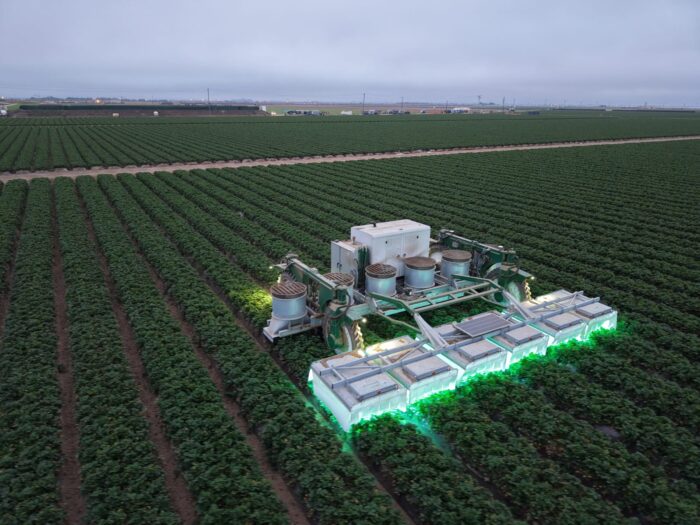There’s a talent drain facing the tech industry today. We frequently hear about companies that…
Portfolio
Robotics has been a core focus of my time in deep tech. I recently wrote a post sharing our considerations on robotics and we’ve made three investments in the category within the past year, including Optimotive. Today, I am thrilled to be able to share the news that we’ve led the $5m seed round of […]
There’s a talent drain facing the tech industry today. We frequently hear about companies that…
We are very happy to announce our investment in Manifold, the easiest way to find…
Robotics has been a core focus of my time in deep tech. I recently wrote a post sharing our considerations on robotics and we’ve made three investments in the category within the past year, including Optimotive.
Today, I am thrilled to be able to share the news that we’ve led the $5m seed round of TRIC Robotics alongside an amazing syndicate of friends: Garage Capital, Valor Equity Partners, Todd & Rahul’s Angel Fund, Matt Rendall (founder of Clearpath Robotics), Spacecadet, and Undeterred Capital.
When we were first introduced to Adam Stager (CEO/founder of TRIC), I thought to myself, there’s no way we’re investing in a large, six-figure robot. On top of that, ag tech and farming just didn’t seem like a fit for us, as it’s traditionally been a hard category to sell to.
But here we are—and we couldn’t be happier we took the leap.
So why the change of heart? It has to do with what TRIC does and our thesis for the role of automation. In our recent robotics post, I wrote: “Over the past year, we’ve become more convinced that it’s not quite economical to automate everything (at least not yet). But there’s still plenty of low-hanging fruit. The key questions are: What are tasks humans simply can’t do? What are tasks humans can’t do at scale, or for extended periods of time?”
TRIC makes a giant farming robot that uses UV light to replace chemical pesticides…their first application is treating strawberries. This is a perfect example of that low hanging fruit (pun intended!), as a human can’t just walk down a row of strawberries with a UV lamp in hand. And, strawberries are a smart wedge into the market: they’re a higher margin food and one of the Environmental Working Group’s “dirty dozen.” Replacing pesticides (and gaining organic certification) further increases the revenue opportunity.
While the high price tag of the robot first gave me pause, I now see it as a competitive advantage, creating a much higher barrier of entry to others. And the robot’s large size? It enables broader, more effective crop treatment and positions the team to target large-scale farmers—a far more scalable path than chasing small customers one by one. Plus, the larger size opens up future opportunities such as bug vacuuming, weeding, and analysis.
And finally, Adam has a PhD in robotics and is one of the few people in this world who really understands UV tech in a mobile way. We’re so excited to be partnering with him in this important mission to produce healthier plants with less chemicals.
TRIC is based in the SF Bay Area with operations in San Luis Obispo and Santa Maria. They are hiring so please spread the word!
 TRIC’s Luna Robotics Platorm
TRIC’s Luna Robotics Platorm
Crypto / Blockchain, Portfolio, Version One
We’re excited to announce our investment in Loon, a Canadian company building the country’s first regulated digital dollar. Version One led Loon’s $3M pre-seed round, alongside Garage Capital and a group of strategic Canadian angel investors. Loon is on a mission to create trusted, transparent payment infrastructure for Canada’s digital economy — starting with CADC, […]
As 2015 comes to an end, it’s time to reflect on what we’ve done and…
As the Internet evolves, the venture capital business starts evolving and we have been seeing…